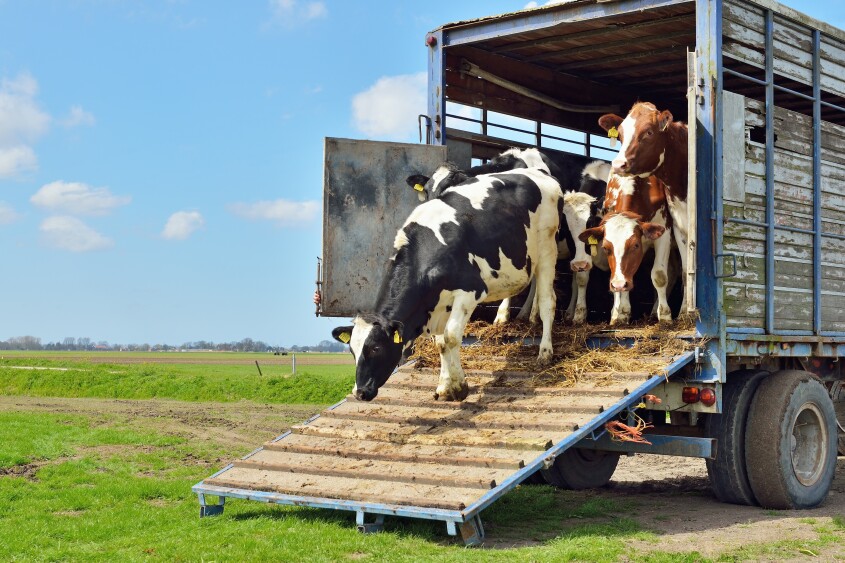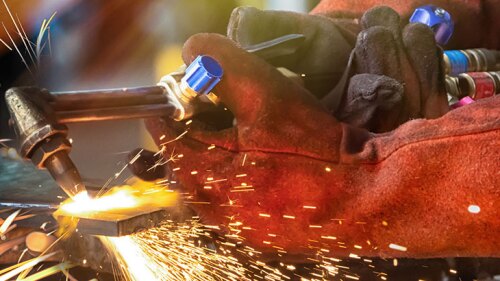A disaster is considered a catastrophic event — an incident that is beyond the scope where individual, local, and community resources can deal with the event as an emergency. There are two types of disasters, natural and man-made.
Natural: tornadoes, hurricanes, wildfires, floods, severe winter storms, severe dust storms, lightning strikes, earthquakes.
Man-made: wildfires, explosions or fires, animal handling incidents, grain entrapments, power failures, rotating and moving equipment incidents (PTO shafts, conveyors/augers), chemical releases or spills, amputations, vehicle accidents, workplace violence, accidental poisoning, acts of terrorism.
Plan for disasters to be better prepared for these unexpected instances. Disaster preparedness begins with awareness, but requires vigilance and planning.
Partner with your local emergency responders to limit property damage and potential loss of life.
- Know the warning signals for your area
- Stay alert for emergency broadcasts
- Put together emergency supply kits for your family and farm
- Draw and maintain a farm site map
- Make a list of your farm inventory
- Keep a list of emergency phone numbers
- Have supplies needed to protect your farm on-hand
- Identify areas to relocate your assets, including livestock
- Prepare your employees through proper training
- Invite emergency responders to your site for pre-planning activities
Roles and responsibilities
An important part of a disaster plan is to have clearly defined roles and responsibilities to avoid chaos and confusion. Meet with the leadership on the farm, assess various emergency scenarios, and assign specific duties to personnel.
Maps
Have an aerial or hand-drawn map of your farm to assist first responders. Label all key components of your operation and specifically mark areas that have chemicals and fuel. Additionally, maps marked with evacuation routes and designated meeting areas should be available to employees throughout your facility. These routes and areas should be reviewed with employees during safety training.
Emergency contacts
Have a list of emergency contacts available to all employees. Make sure they are clearly recorded and review periodically to ensure they are still accurate.
Livestock relocation
Consider making a list of items that will be needed if an evacuation of your livestock is necessary. Pre-plan your livestock relocation, delivery of food and water, and veterinary services.
Training
Train all employees on disaster drills. Mock drills can be useful to assess if your team is ready to handle emergency situations.
Safety resources for policyholders
Contact your risk manager for help creating or reviewing your farm safety plan. We have additional resources available for you, such as a safety check list, emergency contact lists, visitor log, inventory spreadsheets, and a site map template.






